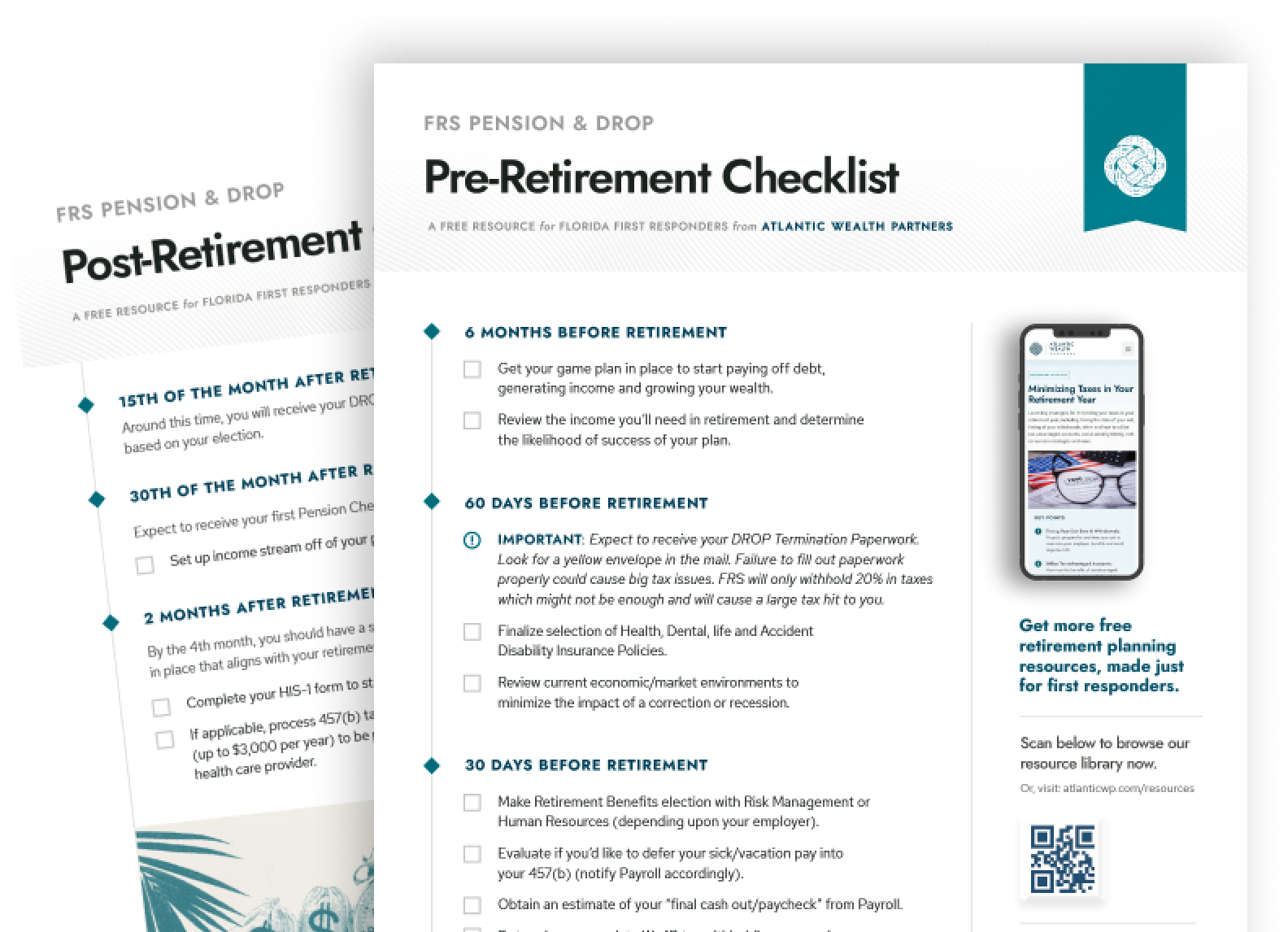On August 31, 2021 Social Security’s trustees issued a somber annual report that warned of the pending depletion of reserves. The current projection is that the trust fund backing retirement benefits will run out of money by 2033, a year earlier than estimated in the 2020 report, and 2 years earlier than the 2019 report. It’s another wake-up call that Congress needs to do something — and the sooner the better. It’s also a reminder that individuals may want to prepare more on their own.
Media reports have focused on the pending depletion of the trust fund supporting Social Security retirement benefits. This OASI fund, for Old-Age & Survivors Insurance, is now projected to run out of money in 2033. If including disability benefits, the DI fund, the system could be insolvent by 2034.
In the context of Social Security, insolvency means the trust-fund financial cushion is expected to be exhausted by 2033. It doesn’t mean the system will stop paying benefits entirely around that time. Even without this cushion, Social Security will still collect payroll and self-employment taxes and even income taxes (some higher earners face taxes on a portion of their benefits). A cut in benefits, an increase in taxes or other actions will be required to get the system’s cash flow back to equilibrium (see alternative funding strategies mentioned in our previous article).
Think of Social Security’s retirement system as having a checking account and a savings account. The checking account receives all that payroll tax and other income and is constantly doling out benefits and paying other expenses. In years when income is comparatively low, it taps into the savings account (the trust fund) to pay benefits in full. Unfortunately, the Social Security system, like many Americans, has leaned heavily on savings withdrawals lately, and this cushion could run dry by 2033.
For nearly the past decade, Social Security’s trustees have warned that the retirement trust fund would be depleted in either 2034 or 2035 (the years bounce around). In the 1997 trustee’s report, the depletion year was as early as 2031. In certain other reports, it was projected to come much later, after 2050. Still, the current trend is worrisome, especially as the baby boomer generation is retiring in large numbers and only 2.7 workers now support each beneficiary, and that ratio continues to decrease.
Can Social Security be saved?
Yes, as it has done several times in the past. Most of these remedies involve higher payroll taxes, benefit cuts, or a combination of both. Higher taxes could be spread across the board or focus on higher earners. Benefit cuts also could be applied across the board or target high earners or recipients who also have a government/state pension. There are options, but time is running out. Yet in today’s highly politicized environment, Congressional action doesn’t seem imminent.
The current estimate is for a reduction of about $1 for every $4 or so in benefits starting in 2033. At that time, the fund’s reserves will become depleted and recurring tax income will be sufficient to pay 76% of scheduled benefits, according to the report. Another way to look at it is by examining how much of a typical retiree’s income will be paid or replaced by Social Security benefits. Pensions, personal savings, perhaps housing equity, and other assets make up the rest.
Lower-income people who are more dependent on the program could get hurt worse. On average, they currently rely on Social Security to replace about 56% of what their pre-retirement income was. That might fall to around 44% with across-the-board cuts, according to a Congressional Research Service analysis. Higher-income earners rely on Social Security to replace 35% of income, and that might fall to around 27%.
What Should You Do?
The most important thing you can do is have a plan in place, so you are prepared.
Individuals have many options to shore up their personal finances to make them less reliant on Social Security. The whole field of retirement planning is based on, at least partly, generating enough income to support a standard of living beyond what Social Security provides. Social Security was never intended to cover all your retirement needs. The typical payment to retirees is on average $1,500 a month.
Start saving more, now. Utilize tax-sheltered retirement accounts such as workplace 401(k) plans, deferred comp, and Individual Retirement Accounts. Reduce debt, especially that with high-interest rates (i.e., credit cards). If you have access to a Health Savings Account at work, start contributing money to this. These accounts offer a tax deduction upfront, while withdrawals can be taken tax-free for healthcare expenses in retirement.
If you are concerned that Social Security might not be there for you when you retire, consider saving now. Below we’ve created a table to better help you understand how much you would need to save in order to generate the same sustainable monthly benefit.
| Years Until Retirement | Required Monthly Savings | Monthly Retirement Income |
|---|---|---|
| 10 Years | $2,745 | $1,500 |
| 20 Years | $975 | $1,500 |
| 30 Years | $450 | $1,500 |
| 40 Years | $225 | $1,500 |
The above table assumes that you withdrawal 4% of your accumulated savings balance annually, which is considered a sustainable withdrawal rate. The longer you wait to begin these contributions, the more you will have to save.
A prudent approach would be to begin saving today to self-fund your social security benefits. If you end up receiving benefits when it is time for you to start collecting, anything that you saved along the way is an added benefit to supplement your retirement lifestyle. It’s better to be prepared and not need it, than to not be prepared and end up with a shortfall.
WORK WITH US
Build a retirement plan that can stand up to social security shortfalls.
Don’t wait for changes in Social Security. AWP can help you create a customized plan that secures your retirement income, no matter what happens with benefits. Schedule a consultation with our expert advisors today and start building a more reliable financial future!



